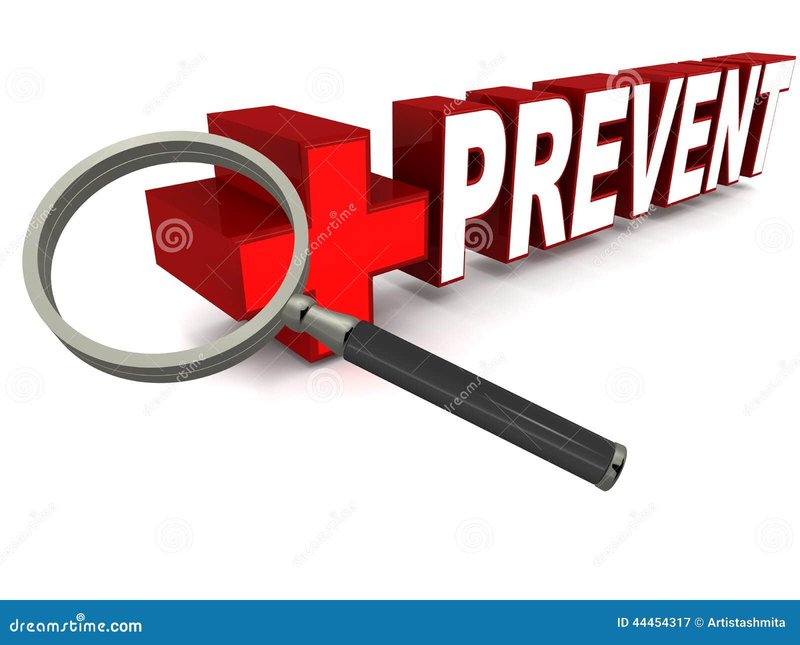
Now, if you’ve ever had to deal with lukewarm or cold water when you expected hot, you know how frustrating that can be. Imagine trying to wash dishes without hot water—it’s like trying to clean a greasy pan with cold water. Not very effective, right? Preventing this error isn’t just about avoiding the inconvenience; it’s also about keeping your dishwasher running smoothly and extending its lifespan. So, let’s dive into how you can prevent this issue from popping up again.
Understanding Error Code E2
Before we jump into prevention, it’s important to really understand what Error Code E2 is all about. This error generally points to an issue with the heating circuit of your dishwasher. Think of the heating circuit like a mini water heater built inside your dishwasher. Its job is to ensure that the water gets hot enough to properly clean your dishes. If something’s wrong here, it’s like trying to take a hot shower, only to find that the water is ice-cold.
The root of this problem can often be traced back to the heating element or the thermostat. The heating element is like the kettle element; it heats the water to the correct temperature. Meanwhile, the thermostat acts as a guardian, monitoring and regulating the temperature, much like a thermostat does in your home heating system. If either of these components fails, your dishwasher will flag it with this error code.
Sometimes, this error can also be triggered by problems with the wiring or connections inside the machine. Just like a loose plug can cause your lamp to flicker, a loose connection can stop the heating element from doing its job. Recognizing these potential causes is the first step in preventing the issue.
Regular Maintenance Checks
Here’s the deal: regular maintenance is your best friend when it comes to preventing dishwasher issues, including Error Code E2. Just like how you might periodically check the oil in your car, giving your dishwasher a little TLC can go a long way. It’s not as daunting as it sounds, and you’ll be grateful for the time saved on potential repairs down the road.
Start by inspecting the heating element and thermostat. Look for any visible signs of damage like cracks or corrosion. If you’re not sure what to look for, it might help to think of the heating element like a metal rod; any irregularities can affect its performance. For the thermostat, ensure that it’s securely in place and connected properly. If you find any issues, it might be time to call in a professional.
Another maintenance tip is to ensure that the dishwasher isn’t overloaded. Overloading can restrict water flow and lead to heating issues. Imagine trying to run through a crowded hallway; it’s a lot harder than if the space is clear, right? The same logic applies here. Giving the dishwasher space to work effectively can help maintain the ideal water temperature.
Checking Electrical Components
To keep Error Code E2 at bay, it’s also essential to check the electrical components. This includes examining the wiring and connectors that lead to the heating element. Faulty wires or loose connections can prevent the heating element from getting the power it needs. Think of it like a TV remote with dying batteries—it just can’t function properly without the necessary energy.
Start by unplugging the dishwasher and inspecting the wires and connectors for any signs of wear or damage. It can be helpful to gently tug on the connections to ensure they’re tight and secure. If you notice any frayed wires, it’s wise to have them replaced. This kind of proactive approach can help you avoid bigger problems later on.
Additionally, consider examining the control board, which acts like the brain of the dishwasher, delegating power where it’s needed. If you suspect the control board might be malfunctioning, it’s a good idea to consult with a professional technician, as these components can be complex.
Preventative Tips
To round things off, let’s talk about some practical steps you can take to prevent Error Code E2 from rearing its head again. One simple but effective measure is to always use the recommended dishwasher settings and cycles. These settings are designed to optimize performance and maintain your appliance’s health, just like how following a recipe ensures a delicious meal.
Another tip is to periodically run the dishwasher on a hot cycle when empty. This helps clear any build-up that might hinder the heating process, much like running a car occasionally keeps it in good shape even when not in regular use.
Lastly, be mindful of the type of detergent you use. Some detergents can leave residues that affect the heating element. Opt for reputable brands compatible with Bosch dishwashers to mitigate this risk.
By incorporating these straightforward preventative steps, you’ll not only enjoy a dishwasher free of Error Code E2 but also ensure your trusty kitchen companion serves you well for years to come.